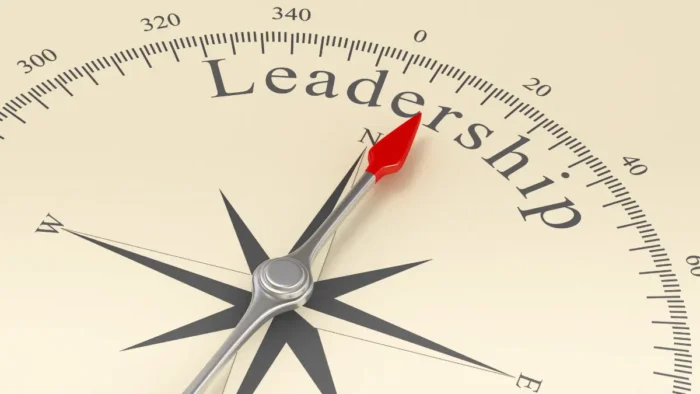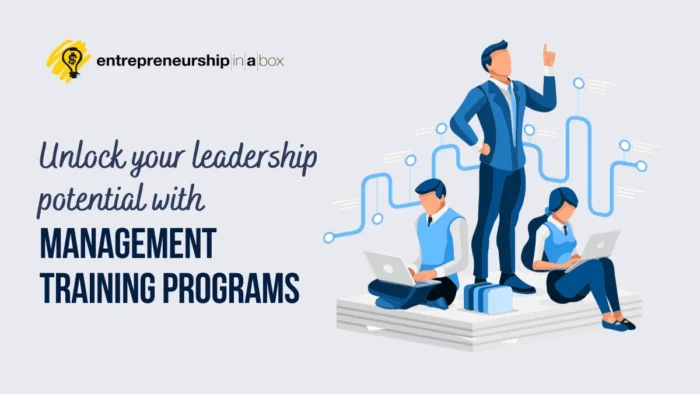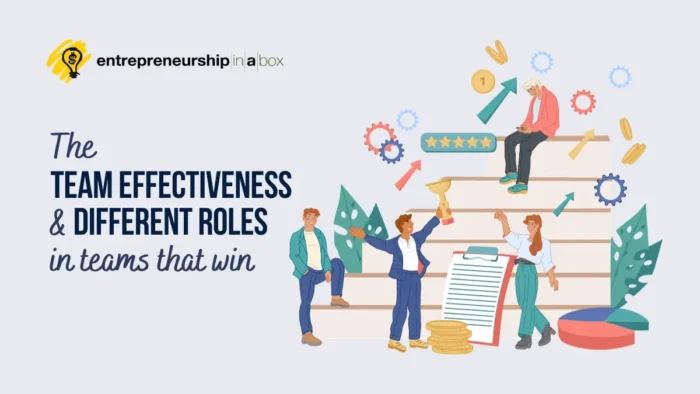Navigating the constantly changing terrain of the business world necessitates far more than quick, on-your-feet thinking. It calls for robust and forward-thinking leadership permeating all tiers of your organization. That’s where the concept of developing a Leadership Pipeline comes into play — it equips your business to face future challenges by cultivating well-prepared leaders today.
Let’s explore how you can harness the potential within your organization and build a game-changing leadership pipeline that’ll stand the test of time.
Identify Frontline Excellence
Designing an adequate leadership pipeline begins at the grassroots to future-proof your organization. Inviting the leaders of tomorrow to rise requires noticing those individuals who are already making a difference today.
These prospective frontrunners often exhibit strong initiative, problem-solving skills, commitment to the organization’s mission, and a talent for inspiring others. Investing in these potential leaders is your first step in building an enduring leadership pipeline.
Your job is to single them out, acknowledge their success, and encourage further development. You’re laying solid foundations for exemplary future leadership by recognizing their frontline excellence early on.
Empower Frontline Leaders
Now that you’ve identified your potential leaders, it’s time to turn these team members into capable decision-makers. This transformation begins with well-rounded, intensive frontline leadership training. Such training programs are meticulously designed to address the specific needs and challenges faced by frontline supervisors, arming them with essential managerial skills.
Beyond technical know-how, elements of emotional intelligence, conflict resolution, and effective communication should also be central to this approach. Moreover, encouraging real-time learning through hands-on projects or mentoring can stimulate their growth exponentially.
Remember, empowerment comes from equipping your emerging leaders with knowledge and confidence in their capabilities. This way, your pipeline will have capable leaders ready to tackle tomorrow’s challenges head-on.
Harness Potential Using Essential Components in Leadership Development Programs
With your prospective leaders identified and frontline training underway, the key now is to ensure continuous growth. A well-rounded leadership development program can effectively refine and expand the capabilities of your emerging leaders. Such a program could include:
- Mentoring and coaching: Pairing potential leaders with seasoned executives for guidance accelerates learning.
- Cross-functional assignments: Exposing them to various aspects of the organization broadens their understanding and perspective.
- Constant feedback: Regular progress discussions can help them identify areas of improvement.
- Leadership workshops: Provide opportunities to learn from industry veterans and share insights with peers.
- Personal development plans: Customized based on each leader’s strengths and weaknesses, these plans foster continuous growth.
Incorporating these components into your program will develop their skills and signify your commitment to their personal growth, enhancing their loyalty to the organization. In this way, you’re building individuals ready for leadership roles and fostering a culture that values long-term development.
Deal with Common Roadblocks in Pipeline Development
No growth journey is without its challenges, and the path to building a leadership pipeline is no exception. One of the foremost hurdles might be resistance to change, particularly from established leaders comfortable with the status quo. It’s crucial to communicate that nurturing new leadership doesn’t threaten existing roles but fortifies the organization’s future success.
Budget constraints or short-term business pressures can also push leadership development to the back burner. Proving the ROI of these initiatives can help make a convincing case for their necessity.
Another common issue revolves around bias – favoring specific departments or overlooking unconventional yet promising candidates. Maintaining objectivity throughout the process helps ensure you’re not overlooking hidden gems in your organization.
Awareness of these potential obstacles and proactive strategies to overcome them will keep your plan for building a strong leadership pipeline on track.
Ensure Seamless Leadership Transitions
Creating a robust leadership pipeline is undoubtedly fundamental, but so is succession planning. This involves a strategic process to ensure that your organization can keep functioning smoothly, even during transitions in leadership. Some crucial steps include:
- Identifying critical positions: Recognize the key roles in your organization whose vacancies could pose significant risks.
- Matching successors: Based on their skills, experience, and aspirations, assign potential leaders to these key positions.
- Readiness assessment: Regularly evaluate nominated successors’ readiness to assume their future roles to understand gaps and development needs.
- Transition plan: Outline a detailed transition plan addressing timelines, responsibilities, knowledge transfer, and contingencies.
Remember that retirement isn’t the only reason you’ll need succession planning. Unexpected departures can happen at any level of an organization; hence, having multiple potential leaders lined up for each role ensures seamless continuity.
Seal the Future: It’s in Your Hands
Implementing a strong leadership pipeline isn’t an overnight feat; it requires careful planning, acute foresight, and unwavering commitment.
But remember that the work you put into identifying potential talent, providing unique training, overcoming challenges, and ensuring smooth transitions today will reap immense dividends tomorrow.
Harness these strategies to future-proof your organization and foster a culture of continuous growth and innovation.





